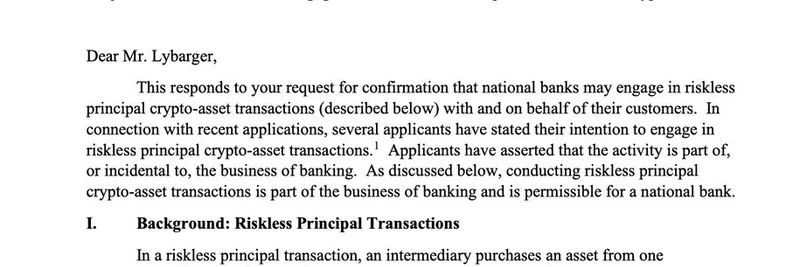In the ever-evolving landscape of blockchain technology, where new chains pop up like viral memes, making the right choice on where to build can feel like navigating a physics experiment gone wild. Recently, Mert, the CEO of Helius Labs, shared a fascinating tweet that breaks down his decision-making process for choosing Solana years ago. Drawing from first principles— a method popularized by Elon Musk that involves boiling things down to the most fundamental truths— Mert extends it to what he calls "physics-based thinking." This approach helped him identify which problems in crypto are truly solvable and which chain aligns best with the unyielding laws of physics.
The tweet, posted on August 17, 2025, quotes a clip from the official Solana account featuring Mert himself saying, “Anything that is not barred by the laws of physics is a solvable problem.” It's a mindset that cuts through the hype and focuses on what's fundamentally possible. You can check out the full tweet here.
Breaking Down Physics-Based Thinking in Crypto
Mert explains that when doubting which blockchain to commit to, he generalized first principles to physics thinking. He posed key questions: "Which problems can we solve and which are out of our control?" In essence, the only unsolvable issues are those that defy physics itself—like trying to exceed the speed of light or create perpetual motion machines. For blockchain, this means evaluating systems not just on current hype but on their potential to scale and evolve without hitting physical limits.
He then asked, "Which system uses physics to guide its future?" This is a clever way to assess future-proofing. Mert points out that Solana stood out because of its design philosophy, which he links to IBRL (likely referring to Solana's Integrated Batch Rate Limiting or similar tech optimizations grounded in real-world constraints). Solana's architecture prioritizes high throughput and low latency, making it ideal for applications that need speed, such as meme token trading where milliseconds can make or break a launch.
Applying Momentum to Startups: p = mv
Taking it a step further, Mert applies a basic physics formula to startup strategy: momentum (p) equals mass (m) times velocity (v). In the context of Helius Labs, a company providing RPCs, APIs, and trading infrastructure exclusively for Solana, they started with little "mass" compared to well-funded competitors. So, the key was velocity—shipping fast and focusing laser-sharp on one chain.
This single-minded direction allowed Helius to build momentum quickly. In the meme token world, where Solana hosts explosive projects like Pump.fun and countless viral coins, reliable infrastructure like Helius's is crucial. Bots, traders, and developers rely on speedy APIs to capitalize on trends, and Mert's physics-inspired focus ensures they're not spreading thin across multiple chains.
Community Reactions and Broader Implications
The tweet sparked engaging replies, with users chiming in on everything from educational backgrounds to long-term focus on Solana. One reply questioned if exclusive Solana dedication is a strength or limitation, while another tied it to community alignment in crypto momentum. Even meme token promoters jumped in, like a pitch for $STOMP, highlighting how Solana's ecosystem fosters such creative, fast-moving projects.
For blockchain practitioners and meme token enthusiasts, Mert's insights offer a refreshing lens. In a space often driven by FOMO and short-term gains, applying physics-based thinking encourages building sustainably. Whether you're launching the next big meme coin or developing tools for the ecosystem, remember: focus on solvable problems, align with physics, and let momentum carry you forward.
If you're into Solana memes or want to deepen your knowledge, explore more on Meme Insider for the latest updates and guides.



